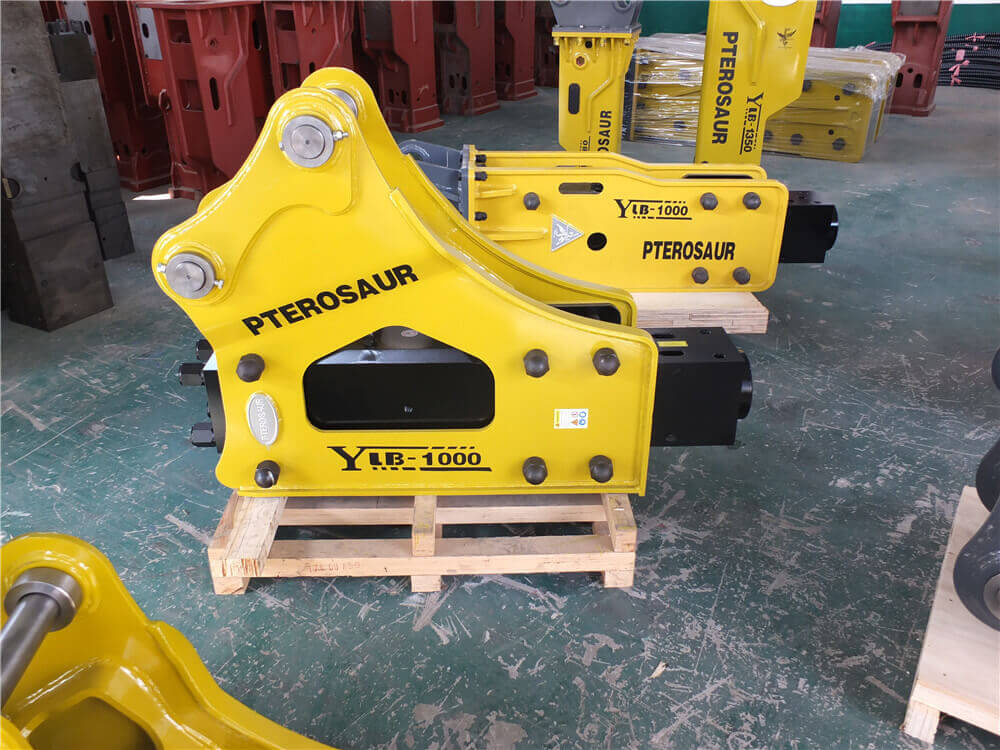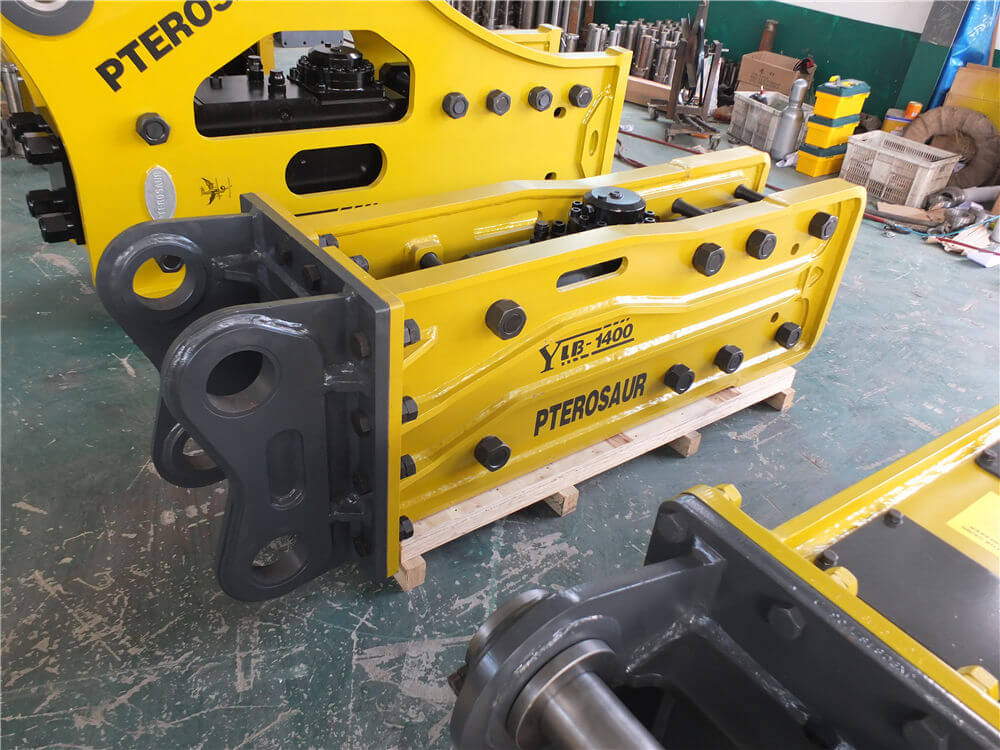The Power of Rock Breakers: Essential Tools for Construction and Demolition
In the world of construction and demolition, few tools are as versatile and powerful as rock breakers. These hydraulic devices are designed to manipulate large rocks, breaking them down into smaller, manageable pieces for further processing. This article explores the various types of rock breakers available on the market, their applications, and their importance in modern earthmoving operations.
Understanding Rock Breakers
Rock breakers, also known as hydraulic hammers, are attachments that can be fitted to excavators and other heavy machinery. They are primarily used for the demolition of hard rock and concrete surfaces. These machines are particularly effective in situations where traditional demolition methods, such as wrecking balls or jackhammers, may be less efficient.
Types of Rock Breakers
-
Hydraulic Breakers: These are the most common type of rock breaker, powered by hydraulic systems. They are highly adapted for primary blast-free rock excavation and secondary rock breaking on construction sites, quarries, and mines. Brands like Epiroc and Furukawa are renowned for their high-performance hydraulic breakers, capable of handling massive reinforced structures.
-
Mini Rock Breakers: Compact versions of traditional breakers, mini rock breakers are ideal for smaller excavators and urban projects. They deliver the same power as their larger counterparts but in a more manageable size. Machines such as the Epiroc SB Hammer and the DandA 8V Hydraulic Rock Breaker are excellent examples of this category.
-
Portable Rock Breakers: Designed for flexibility and ease of use, portable rock breakers are perfect for smaller jobs or remote locations. They often integrate larger piston designs, making them effective for quick rock breaking tasks.
Applications of Rock Breakers
Rock breakers are indispensable in a variety of industries, including:
- Construction: From breaking up old concrete to preparing sites for new buildings, rock breakers streamline the construction process.
- Mining: In both surface and underground mining operations, hydraulic breakers are essential for breaking rock efficiently, allowing for quicker resource extraction.
- Demolition: When it comes to demolishing aging infrastructure, rock breakers provide the necessary power to dismantle buildings and other structures safely and effectively.
Advantages of Using Rock Breakers
Using rock breakers in construction and demolition projects offers several advantages:
- Efficiency: Rock breakers significantly reduce the time and effort required to break down large rocks and concrete, speeding up project timelines.
- Precision: These machines allow for targeted breaking, minimizing damage to surrounding structures.
- Versatility: They can be used in various applications, from small residential projects to large industrial operations.
Innovations in Rock Breaking Technology
The rock breaking industry continues to evolve, with manufacturers like RETSCH and Sandvik leading the charge in innovation. The latest models of rock breakers come equipped with advanced features that enhance their performance, such as improved energy efficiency and reduced noise levels. These advancements not only improve productivity but also contribute to more sustainable construction practices.
Conclusion
Rock breakers play a vital role in modern construction and demolition, providing the power and precision needed to efficiently manage large rocks and concrete. As technology advances, we can expect even more innovative solutions that will enhance the capabilities of these essential tools. Whether you are a contractor, a miner, or involved in any earthmoving project, investing in high-quality rock breakers can significantly boost your operational success.




































